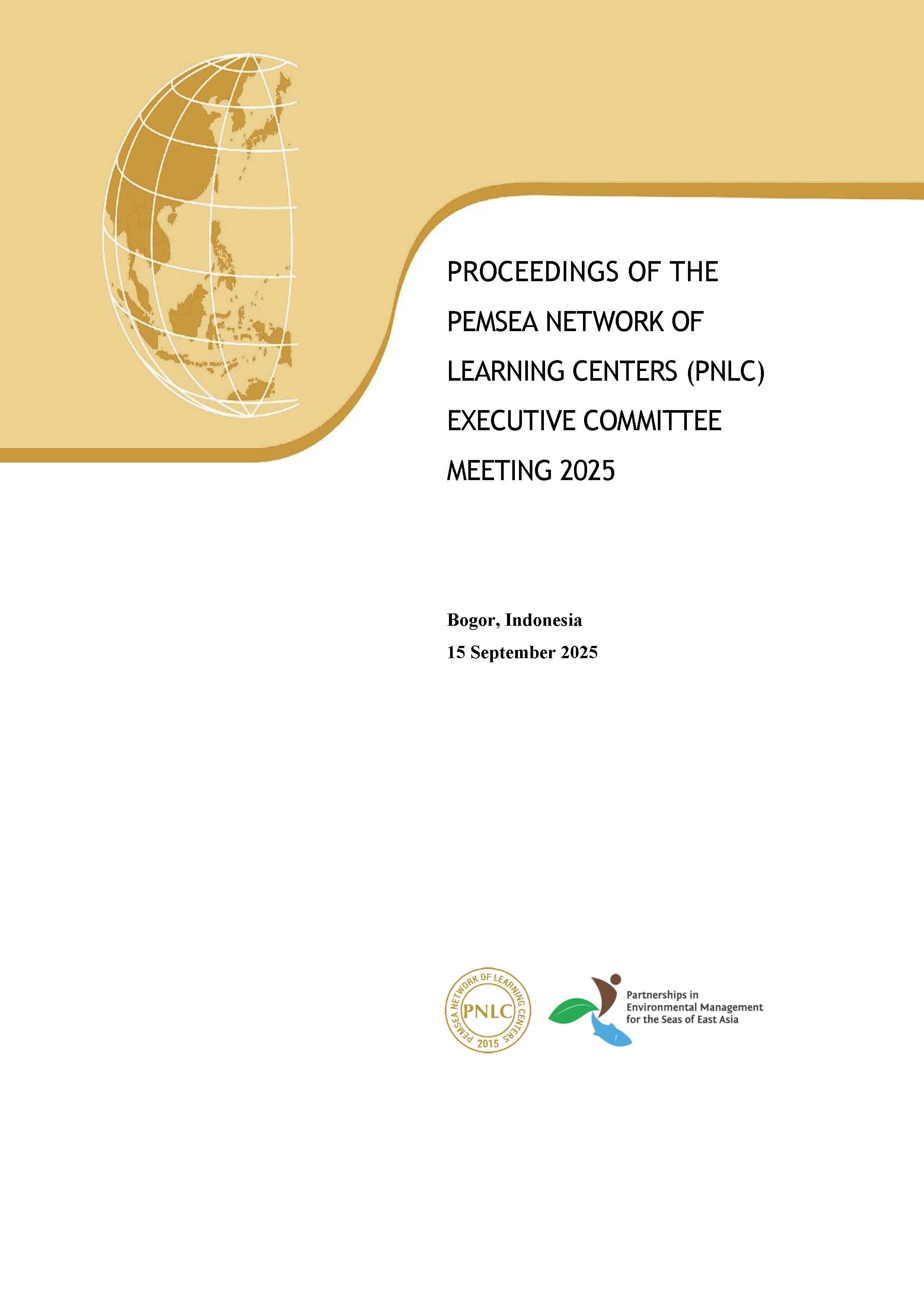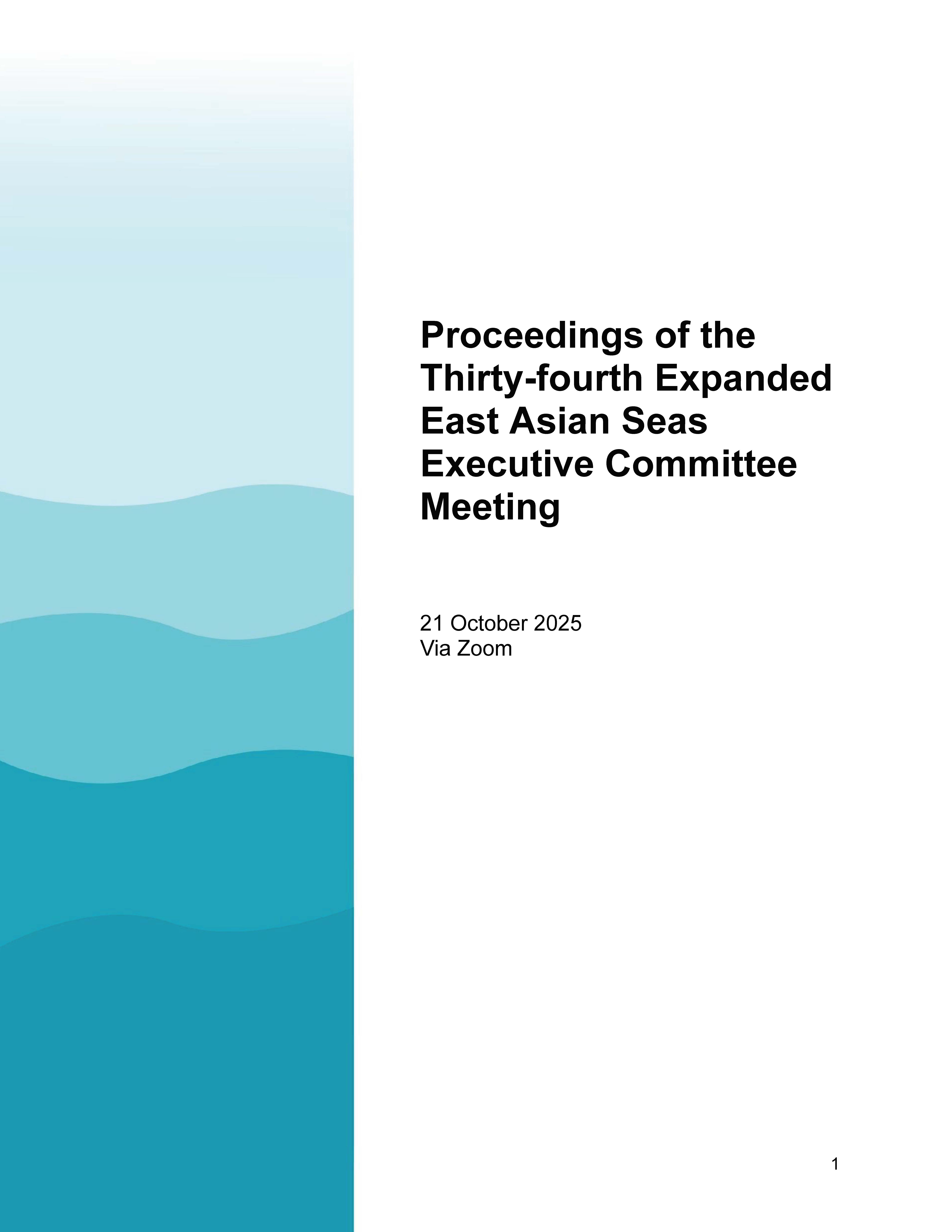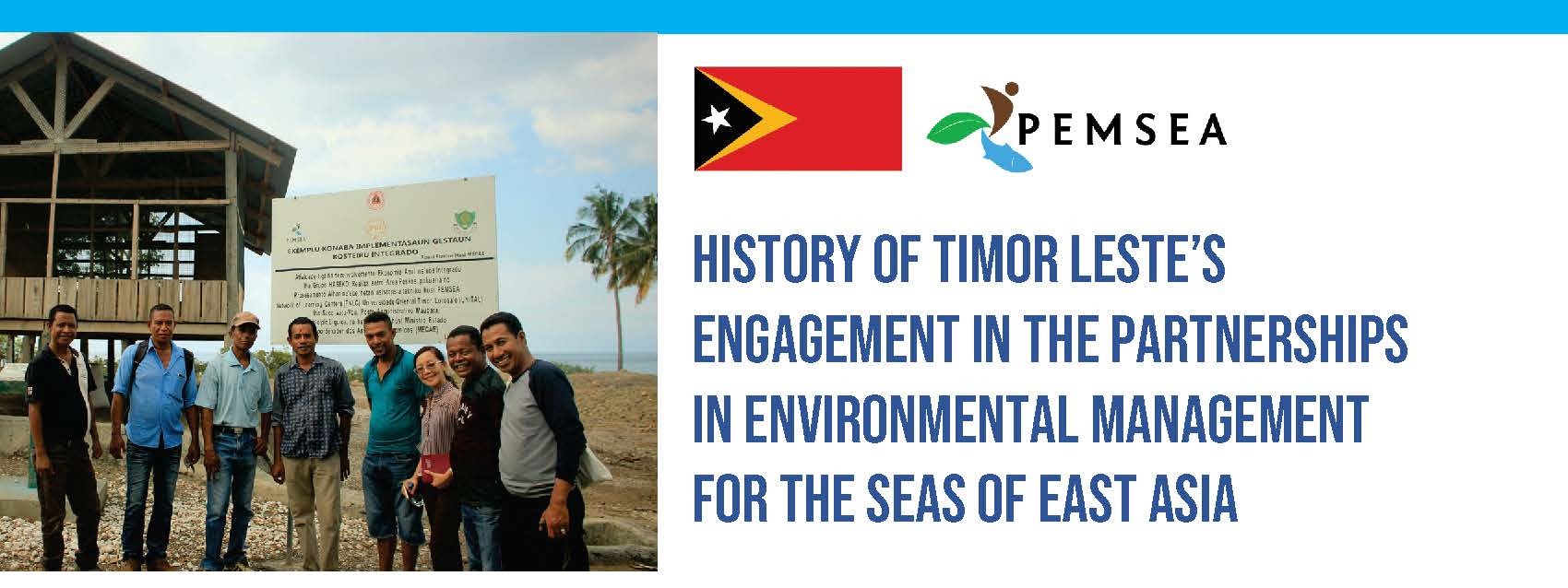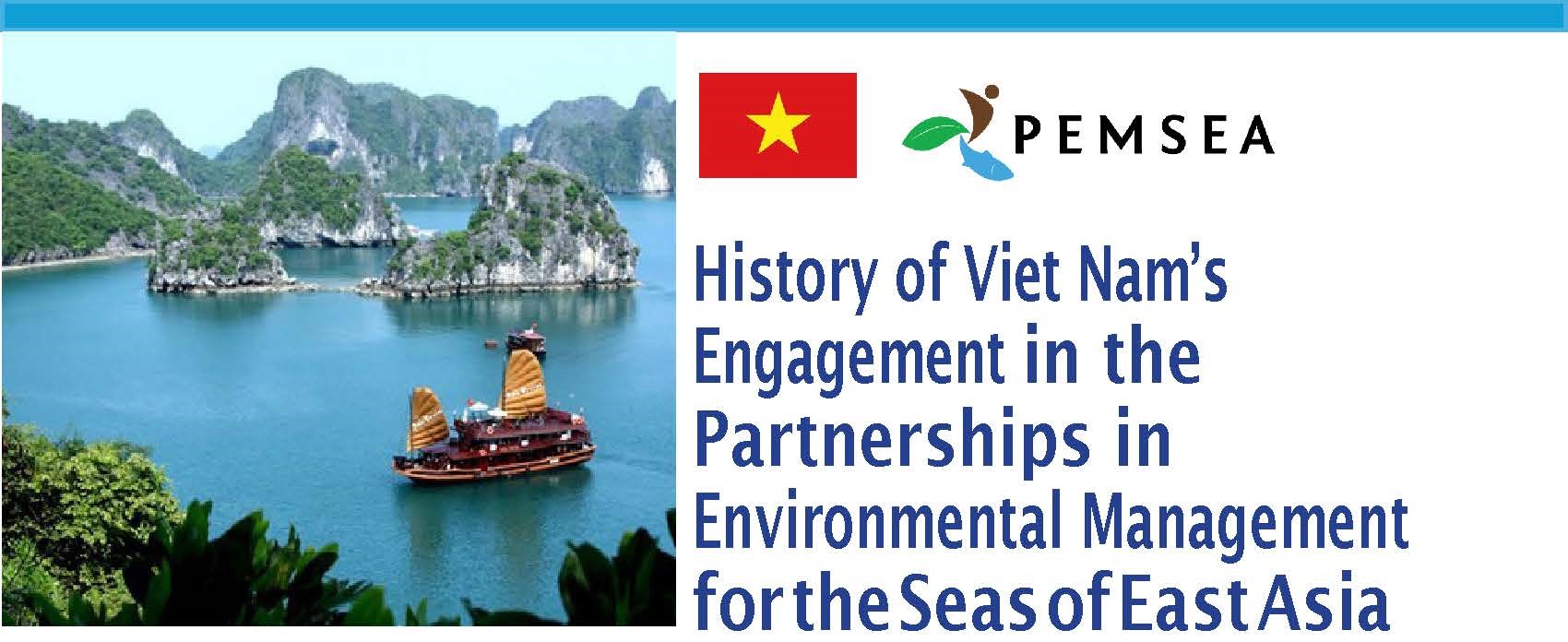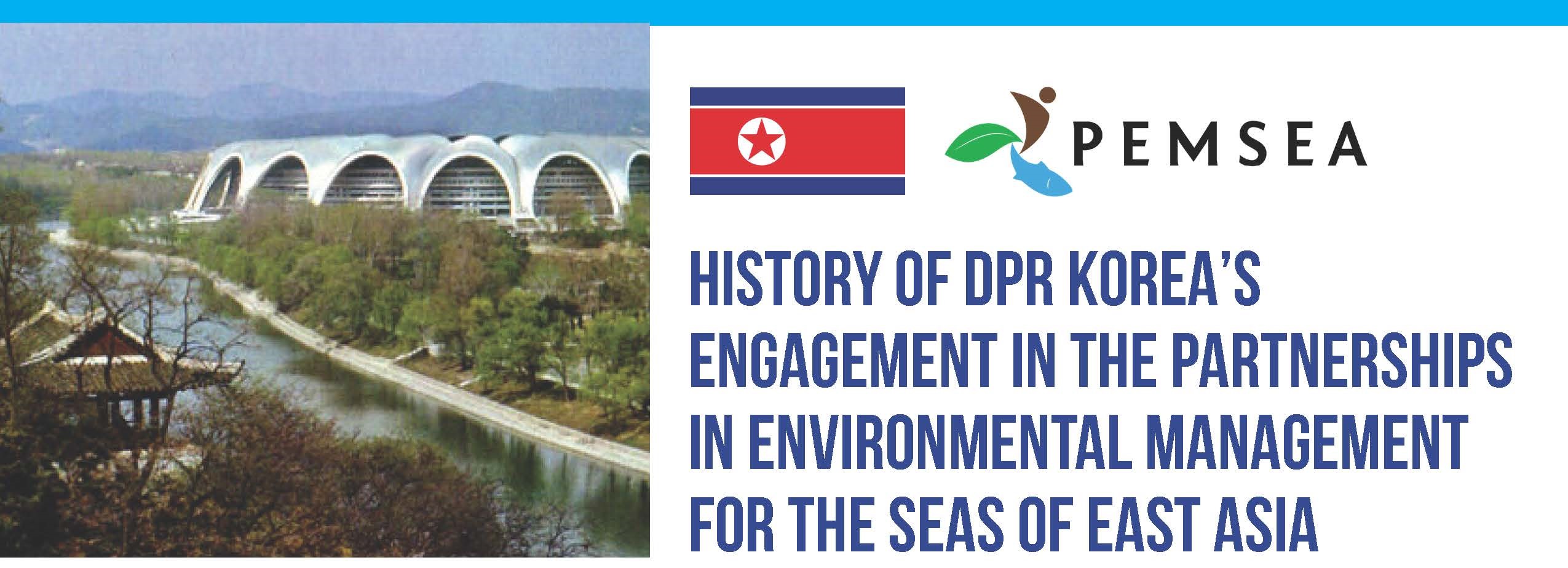
Breadcrumb
PEMSEA eBulletin - July 2024
PUBLICATION DATE:
Wednesday, July 31, 2024
PUBLICATION TYPE:
Magazines and Newsletters
STATUS:
Available (Newsletter)
DESCRIPTION:
Dear PEMSEA community,
Welcome to the July e-bulletin.
We are pleased to announce the release of the program for the International Conference segment of the East Asian Seas (EAS) Congress 2024, set to take place on 6-8 November 2024 with the theme “Blue Synergy for a Shared Future: One Sustainable and Resilient Ocean.” The International Conference will feature a range of activities, including Plenary and Parallel Sessions, Workshops, and exhibits. Do register to join using the button below.
Also in the news, the third edition of the IRBM Project Newsletter features the launch of the State of the River Basin Reporting for seven priority river basins, as well as the 2nd Regional Steering Committee Meeting in Siem Reap, Cambodia, field visits to the Kampong Bay River Basin, and discussions on the project scope and boundaries in the Pasac Watershed in the Philippines.
The ATSEA-2 Project is working on mangrove conservation in the Aru Archipelago’s Southeast Aru Marine Protected Area. The second quarter ATSEA-2 newsletter highlights key environmental initiatives in the Arafura and Timor Seas region, including the senior officials’ meeting in Brisbane that finalized the draft for the ATS Ministerial Forum. It also details the new Strategic Action Programme (SAP) for 2024-2033, adopted by Australia, Indonesia, Papua New Guinea, and Timor-Leste, along with the adoption of Papua New Guinea's first local-level fisheries management law and the inauguration of the Tok Derek Women’s Cooperative fish shop in Timor-Leste.
From our partners, the Second Bataan State of the Coasts (SOC) evaluated the province’s progress in ICM implementation from 2017-2022, using the First Bataan SOC report, which covered data from 2000 to 2015, as a baseline. The East Asian Seas Initiative on Clean Oceans (EASICO) project concluded noting achievements in citizen science and marine plastic pollution reduction. Dongying integrates industrial growth with environmental stewardship through its Integrated Coastal Zone Management strategy.
RELATED PUBLICATIONS
PEMSEA NETWORK OF LEARNING CENTERS (PNLC) 2025 Executive Committee Meeting Proceedings
The 2025 PNLC Executive Committee (PNLC EC) Meeting was organized by PNLC Secretariat on 15 September 2025 in Bogor, Indonesia. It was participated by Prof. Yonvitner of the Center for Coastal and Marine Resources Studies of the IPB University (CCMRS-IPB) and President of the PNLC, Dr. Fang Qinhua, Deputy Director of the Coastal and Ocean Management Institute of Xiamen University (COMI-XU) and Vice-President of the PNLC, and Ms. Aimee T. Gonzales, PEMSEA Resource Facility (PRF) Executive Director as members of the PNLC Executive Committee. Ms. Isdahartatie PNLC secretariat Coordinator/ CCMRS-IPB University, Ms. Nancy Bermas from PRF, Francesca Cortez (PRF Secretariat Assistant) and Lusita Meilana, PNLC Secretariat staff. The meeting was chaired by Prof. Yonvitner. Ms. Isdahartati served as the Secretariat of the meeting.
The following supporting documents are annexed to these proceedings:
- Annex 1: Meeting Agenda / Program
- Annex 2: Links to the meeting documents, presentation and photos
- Annex 3: List of participants
Proceedings of the Thirty-fourth Expanded East Asian Seas Executive Committee Meeting
The Expanded East Asian Seas (EAS) Executive Committee convened its 34th Executive Committee Meeting on 21 October 2025 online via Zoom. The meeting was attended by EAS Partnership Council Chair Attorney Jonas Leones; Intergovernmental Session Chair Mr. Le Dai Thang; Intergovernmental Session Co-Chair Dr. Xinwei Yu; Technical Session Chair Dr. Suk-Jae Kwon; and Technical Session Co-Chair Dr. Wakita Kazumi. The PEMSEA Resource Facility (PRF), led by Executive Director (ED) Ms. Aimee T. Gonzales, served as Secretariat to the meeting. PEMSEA Country Partners in attendance included national focal points and representatives from Cambodia, China, Indonesia, Japan, Lao PDR, the Philippines, the Republic of Korea, Singapore, Timor-Leste, and Viet Nam. Non-Country Partners present included representatives from the ASEAN Centre for Biodiversity, Ipieca GISEA, Oil Spill Response Limited, National Marine Hazard Mitigation Service, International Center for Environmental Management of Enclosed Coastal Seas (EMECS), PEMSEA Network of Local Governments, and Korea Institute of Ocean Science & Technology, among others. Online observers included staff from the PEMSEA Resource Facility and UNDP.
History of Timor Leste's engagement in PEMSEA
Since joining PEMSEA in 2006 through the signing of the Haikou Partnership Agreement, Timor-Leste has made remarkable progress in advancing sustainable coastal and ocean governance under the Sustainable Development Strategy for the Seas of East Asia (SDS-SEA). Over the years, the country has implemented Integrated Coastal Management (ICM) programs in key municipalities, developed national ocean and coastal policies, and strengthened inter-agency collaboration for marine protection and livelihood enhancement. Through its participation in regional initiatives such as ATSEA and the Marine Plastics ODA Project, Timor-Leste continues to demonstrate strong commitment to ecosystem-based management, blue economy development, and regional cooperation for healthy and resilient seas.
History of Viet Nam's engagement in PEMSEA
Since 1993, Viet Nam has been an active partner in advancing sustainable coastal and ocean governance in the East Asian Seas through PEMSEA. From pioneering Integrated Coastal Management (ICM) in Da Nang to establishing the Viet Nam Administration of Seas and Islands (VASI), the country has institutionalized ICM in national policy and legislation while fostering regional cooperation through leadership roles in PEMSEA bodies and ministerial forums. Viet Nam’s consistent participation in key initiatives and adoption of major regional declarations underscore its strong commitment to blue economy development, marine ecosystem protection, and the long-term implementation of the Sustainable Development Strategy for the Seas of East Asia (SDS-SEA).
History of DPR Korea's Engagement in PEMSEA
Since joining the regional GEF/UNDP/IMO Marine Pollution Prevention in the East Asian Seas (MPP-EAS) project, the DPR Korea has actively advanced Integrated Coastal Management (ICM) through the establishment of the Nampho demonstration site and the National ICM Training Center at Kim Il Sung University. The country has consistently participated in key regional forums, including the East Asian Seas Congresses and Ministerial Forums, adopting major regional declarations and frameworks such as the SDS-SEA and Manila Declaration. Its engagement reflects a sustained commitment to regional cooperation, marine pollution prevention, and sustainable coastal development under PEMSEA.

